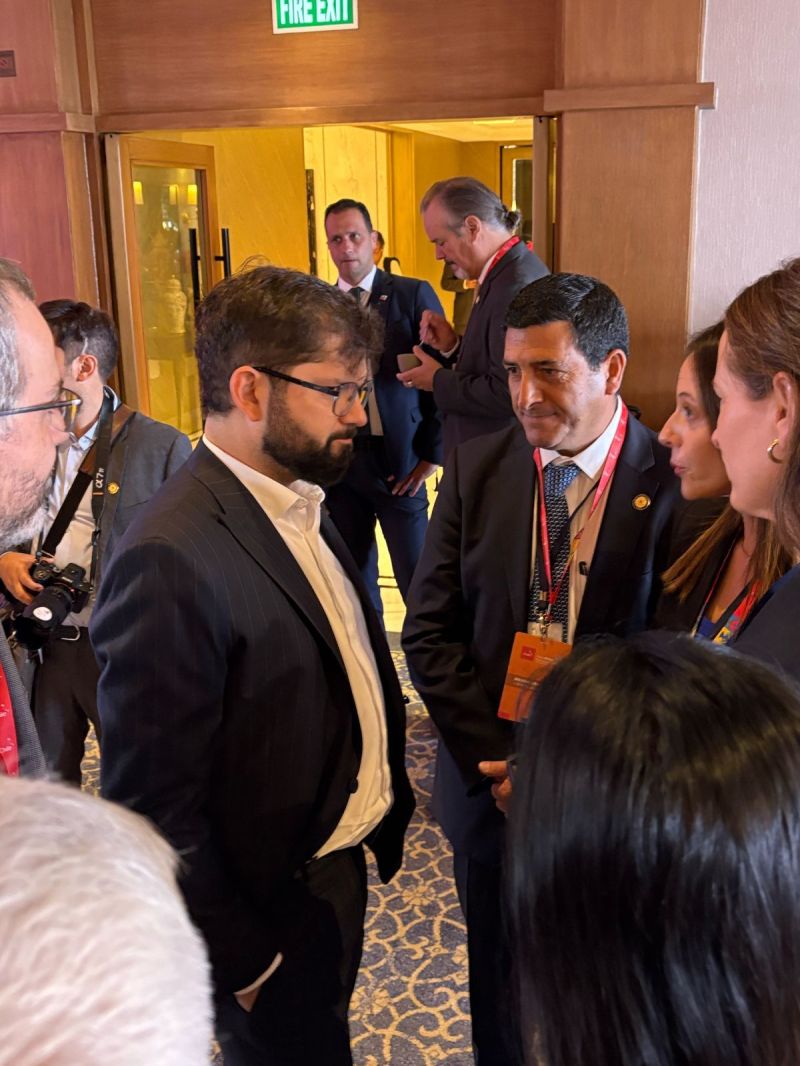Okay, so today I finally got around to trying out that Cristian Vargas method everyone’s been talking about. Saw some of his work, looked pretty neat, figured I’d give it a shot myself.

Fired up my usual software, you know the one. Pulled up a couple of examples of his style, just to keep them handy. Didn’t want to copy directly, just get the feel for it. The main thing seemed to be the way he handles textures and that slightly off-kilter perspective he uses sometimes.
So, I started messing around. Grabbed a simple object I had modeled before, nothing too fancy. Began applying textures the way I thought he did it. It was kinda tricky at first. The layering part, especially. My first couple of attempts looked… well, pretty bad. Not like his stuff at all. More like a muddy mess.
Hitting a Wall
Got a bit frustrated, not gonna lie. Spent a good hour just tweaking settings, trying different brushes, different blend modes. Nothing clicked. It felt like I was missing some key step. Maybe it’s the specific brushes he uses? Or some setting I overlooked?
I almost packed it in for the day. Stared at the screen for a bit. Then I remembered seeing a short process video he posted a while back. Didn’t watch it closely then, but figured it was worth digging up.
Found the video again. Watched it real slow this time. Ah! Okay. Saw what I was doing wrong. It wasn’t just about the layers, but the order and the specific opacity levels he was using. And yeah, there was a custom brush involved, looked simple enough to replicate roughly.

Getting Somewhere
Went back to my project. Tried again, following what I saw more closely. Made a quick version of that brush. Applied the textures in the right sequence, played with the opacity like he did. And hey, it started looking much better! Not perfect, definitely not his level, but you could see the resemblance. The vibe was there.
- Step 1: Get the base shape right.
- Step 2: Apply base colors, blocky.
- Step 3: Layer textures, paying attention to his specific order. This was key.
- Step 4: Use that rough brush for subtle details.
- Step 5: Tweak the perspective slightly at the end.
Spent another hour refining it. It’s still got a ways to go, but I feel like I actually learned something today. It wasn’t just about copying, but understanding the why behind his technique. It’s pretty satisfying when you finally break through like that. Definitely gonna keep practicing this one. It adds a nice touch to things.
